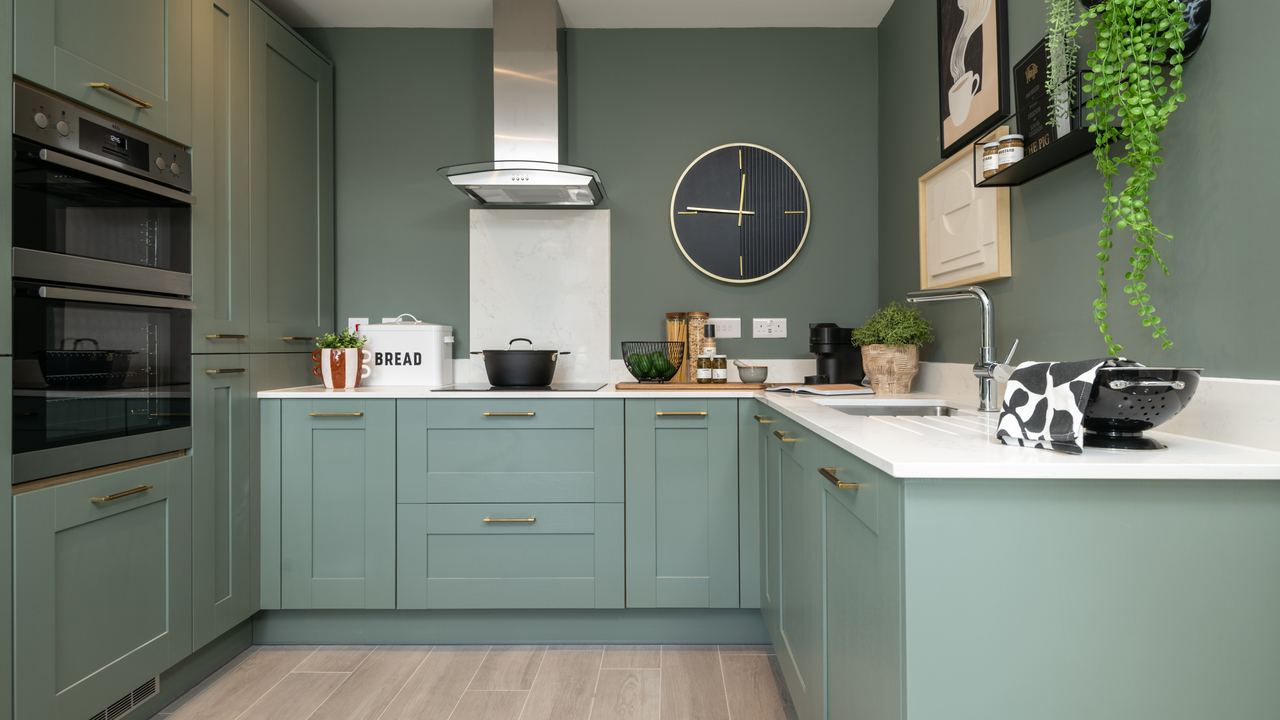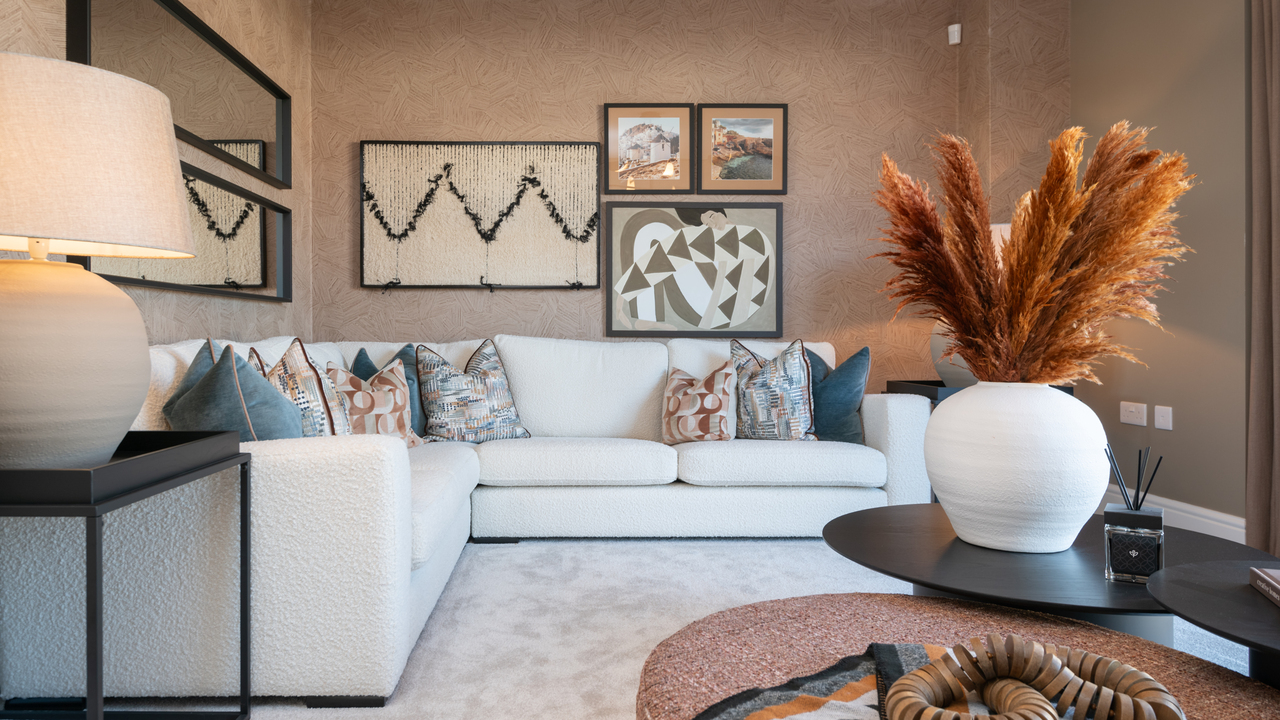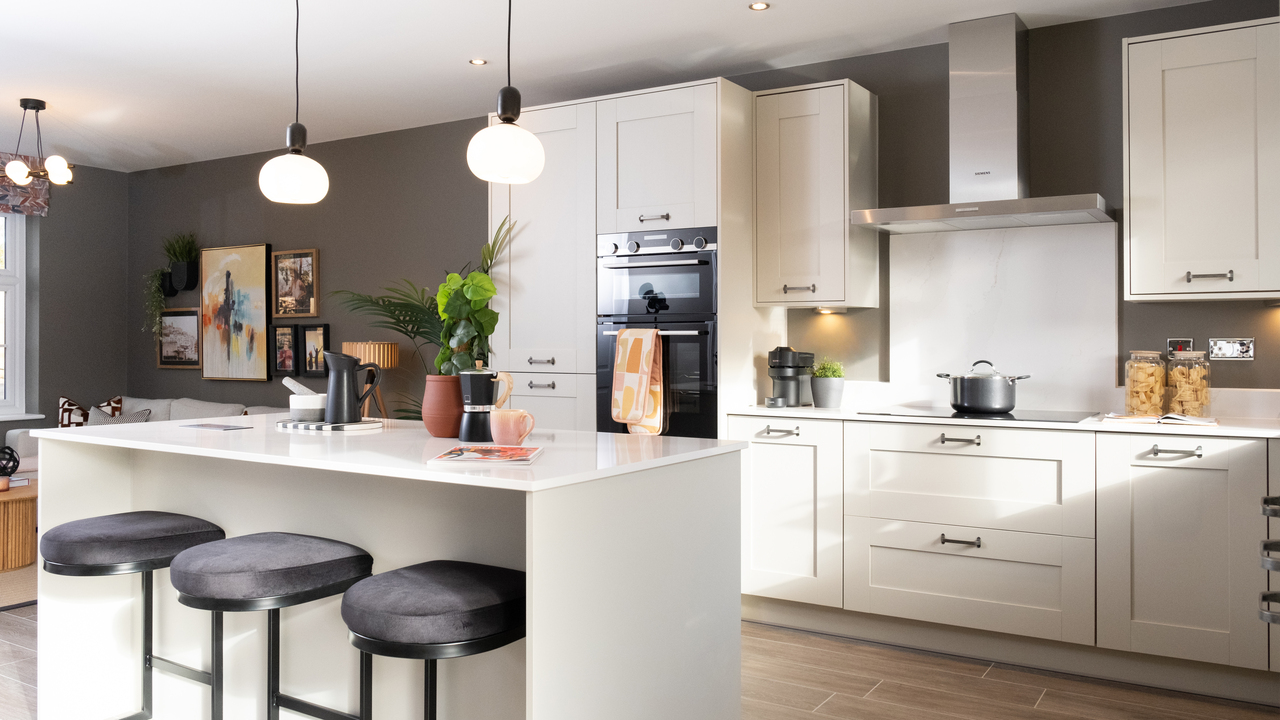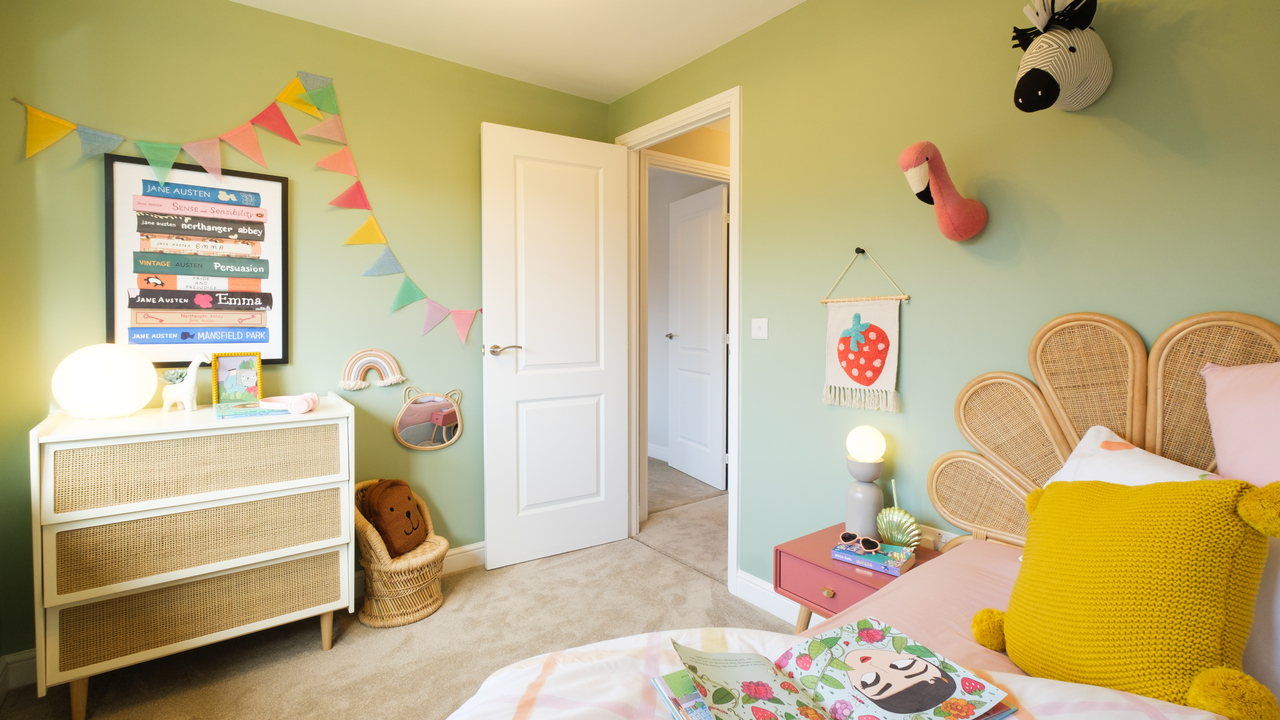Spending more time outdoors in nature is proven to boost your mood and aid relaxation – and our new communities provide plenty of green spaces for residents to enjoy – but have you considered the impact the interior of your home can have on your mental health?
In this article we look at how your interior design can boost your mood and build on the ‘dopamine décor’ trend featured in our interior design ideas for spring summer 2025.
How to use your home to boost wellbeing
Alysha Alli Rowlands, from our in-house design team, is an expert at designing show homes that convey both a cosy, homely feel and encourage joy and positivity.
She explained: “It’s no surprise that our environment can hugely affect our mental health and wellbeing, and our homes – where we spend most of our time - are no exception. By consciously curating the colour palette, layout, lighting, and décor of our homes we can create an environment that not only looks good but actively supports our mental health and wellbeing.
“Whether we need a soothing retreat for rest, an energising space for creativity, or a welcoming haven for connecting with loved ones. By incorporating the design techniques below into your home, you can enhance your space to better support your well-being and lifestyle.”
1. Colour Drenching
Colour drenching involves enveloping a space in a single colour, painting walls, ceilings, and sometimes even furniture in the same or closely related hues to achieve a unified feel.

Why It Works for Wellbeing
- Cohesion: Using one colour consistently reduces visual clutter, creating a sense of unity and calm and promoting better mental wellbeing.
- Atmospheric Envelopment: Colour drenching can make a room feel like a cosy retreat—especially if the chosen colour is soothing such as a soft, dusty pink or a serene blue
- Playful Escape: A bold, bright approach like a vibrant cobalt or mustard can inject energy and fun into a space, which can help combat feelings of monotony or low mood.
2. Dopamine Décor
Dopamine décor focuses on bringing joy through colour, playful patterns, and whimsical objects. It’s all about embracing design choices that spark delight.

Why It Works for Wellbeing
- Bright, Bold Colour Palettes: Cheerful hues such as pinks, oranges and turquoises used in unexpected pairings can energise a room and create a sense of excitement.
- Layered Textures and Patterns: Mixing patterns such as geometric shapes with florals and layering different textiles like faux fur, velvet and woven throws create a sensory-rich environment.
- Personal Touches: Displaying sentimental items such as interesting artwork, souvenirs from meaningful travels, or quirky memorabilia can be grounding and serve as a nostalgic reminder of loved ones helping to combat low mood.
3. Layout and Organisation
A clutter-free path helps visually and physically reduce stress. In rooms where relaxation is a priority like bedrooms or reading nooks, ensure furniture doesn’t block windows or walkways.

Why It Works for Wellbeing
- Zoning: Especially important in open-concept spaces, zoning helps create distinct “mental zones” for work, rest, and play so you can mentally separate activities and reduce stress.
- Ergonomics: Choose furniture that supports good posture. For instance, a desk chair that aligns with the correct height can reduce back pain and the mental strain that comes with it.
Read more home spring cleaning and decluttering tips.
4. Lighting and Sleep Quality
Lighting can seriously impact our mood and sleep quality so it’s important to pay attention to these when decorating a space and keep in mind when choosing blinds or curtains.

Why It Works for Wellbeing
- Maximise Daylight: Use sheer curtains or blinds that allow ample daylight into a room. Exposure to natural light in the morning can help regulate circadian rhythms, aiding better sleep at night.
- Add Mirrors: Strategically placed mirrors can reflect light and make a space feel brighter and more expansive.
5. Artificial Lighting
Artificial lighting can have just as much of an impact on our mood as natural light so keep this in mind when choosing light fixtures and bulbs.

Why It Works for Wellbeing
- Warm, Dimmable Lighting: In the evening, reduce overhead lighting in favour of lower, softer light. This transition signals your brain to start winding down.
- Blue Light Reduction: Skip harsh LED lights near bedtime and opt for warmer or adjustable-spectrum bulbs instead. This helps maintain healthy melatonin levels for better sleep.
For more advice around lighting read our lighting trends for 2025.
6. Embrace optimism, joy and hope
Embracing positive emotions when decorating is a great way to create a space that’s going to uplift and soothe us when we need a little extra care so make sure to pick colours and decorations that bring you true joy as opposed to just being aesthetically pleasing.

Why It Works for Wellbeing
- The pursuit of ‘radical optimism’ saw the seeking out of joy and positivity, and with this we forecast that bright colours will be used more widely to communicate these emotions. Colour preferences are subjective, but research has shown that warmer tones of red, pink, orange and yellow can evoke feelings of hope, joy and excitement. We have seen this come to the fore through the use of dopamine brights and joyful expression, as well as feelgood colour for interiors.
Why not follow these principles through from your interior into your outdoor space as well by reading our article on making the most of your garden.



